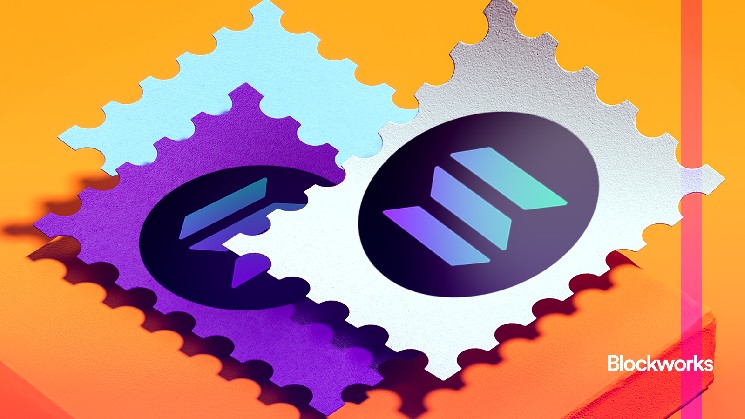
This is a segment from the Lightspeed newsletter. To read full editions, subscribe.
Stop right there. Hall pass?
In a permissionless world, it’s an awkward question. Blockchains weren’t really built for access control; they were built to say yes to anyone with a private key.
But as crypto collides more and more with life outside our little bubble, the need for permissions has become unavoidable. Who’s old enough to enter? Who lives in the correct country? Who has permission to vote, and how many times? Who isn’t a bot?
For too long, the only answers have come from walled-off KYC platforms or one-off user flows that trap dev teams in maintenance purgatory. Every dapp that wants to check a credential ends up rebuilding the same brittle backend over and over, and users get stuck re-proving their right to access at every door.
Many builders are working on this today, but here in Solana land, there’s one solution in particular that’s seen a lot of buzz of late. The Solana Attestation Service (SAS) is a new open protocol for turning off-chain facts into reusable, verifiable claims that stick to your wallet like a passport stamp.
Essentially, it offers a universal layer for issuing and checking identity-based credentials. Issuers, like KYC providers, DAOs, employers and maybe even governments, are now able to write signed attestations to Solana wallet addresses that can prove things like “I’m over 18,” “I live in the US” or “I passed this DAO’s verification process.”
Dapps don’t need to store or recheck that data — they just verify the stamp.
A typical attestation includes a wallet address, a claim (like “is accredited”), metadata (optional) and a signature from the issuer. Solana stores that proof onchain, where it can be queried and verified with a single SDK call.
There is no server, no user data and no custom logic. Just trust, composability and a speedy path to compliance.
It’s privacy-preserving (no personal info onchain), frictionless (attest once, use everywhere) and permissionless (it’s open, so anyone can build with it), resulting in a smoother, safer, more composable user experience.
